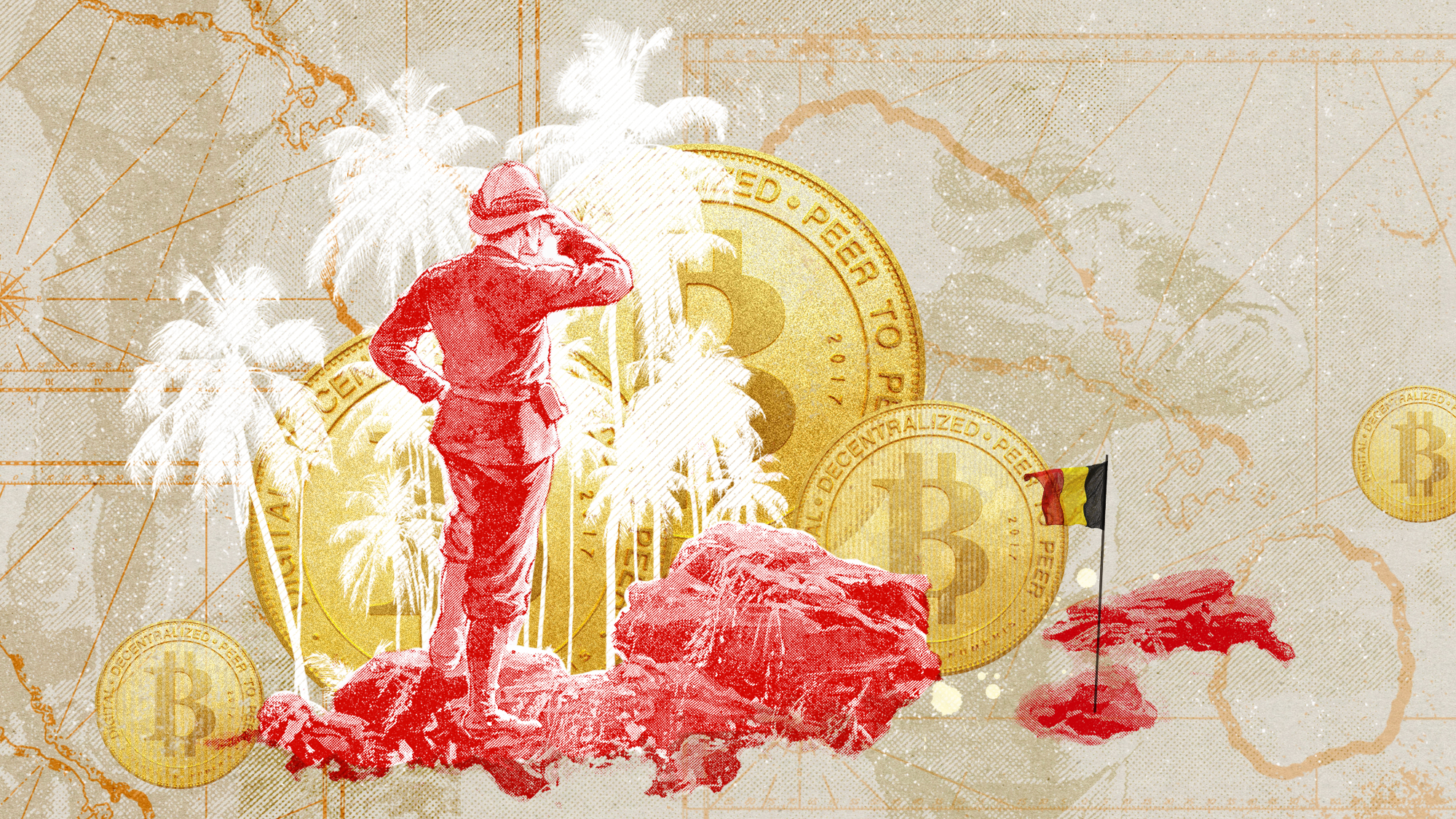In praise of the Library of Congress
It's a monument to a different way of thinking about America


I live and work in Washington, D.C., but the offices of The Week are in New York City. So in typical millennial fashion, if I want to get out of my house, I've got to find wireless internet and a power outlet somewhere. But while I'll occasionally visit a coffee shop, my favorite place to work is the Thomas Jefferson Building of the Library of Congress — right across the street from the Capitol.
I love it partly because it's free, and partly because the Main Reading Room always has empty desks because you have to jump through the hoop of getting a free ID card to get in, but mostly because it's absolutely gorgeous. The reading room is a secular temple, lined with glossy stone pillars and book-lined alcoves. On the upper level stand exquisite statuary of figures from the western canon. Homer, Shakespeare, and company stand in arches in front of beautiful stained-glass windows; between the arches are symbolic representations of history, art, philosophy, and so on. Above it all is a massive, intricately carved dome, topped with a huge mural and a cupola.
It's a place where you feel the weight of history pressing down. "Is this tweet really the best use of your time?" it says. "Shouldn't you be unraveling the mysteries of the universe, or writing the next great American novel?"
The Week
Escape your echo chamber. Get the facts behind the news, plus analysis from multiple perspectives.

Sign up for The Week's Free Newsletters
From our morning news briefing to a weekly Good News Newsletter, get the best of The Week delivered directly to your inbox.
From our morning news briefing to a weekly Good News Newsletter, get the best of The Week delivered directly to your inbox.
That is only part of the building's many stunning artistic marvels. But beauty itself is not the major function of the library as an institution. It is the largest library in the world, with over 162 million items in its collection — making it probably mankind's most extensive effort of historical preservation. (That's why the library has two other big buildings across the street, plus a complex in Virginia, where much of the mundane archival work happens.) Though it has been much undermined by the internet, it's still one of the best places in the world to conduct research.
It's also been part of the American state almost from the very beginning, founded in Washington in 1800 — a mere 11 years after the Constitution took effect. And when the British burned Washington during the War of 1812, the archivists replaced the lost books by buying Thomas Jefferson's (then-colossal) personal collection of nearly 6,500 books. After the Civil War, the library moved from a simple research service for Congress to its current form of chronicling as much human knowledge as possible (though it still serves the former function). In 1890 it finally got its own building, finished seven years later, and later renamed after Jefferson.
But the jaw-dropping — and presumably quite expensive — beauty of the Jefferson building is worth returning to. Naturally for a product of its times, it's not up to the current standards of High Tumblrism, with a heavy emphasis on European Enlightenment ideals and the white men who propagated them. But the overall effect is so awesome and confident that it inspires helpless respect. There are many atrocities to be laid at the feet of Gilded Age elites, but one must admit that they took the collection, tabulation, and propagation of accurate knowledge very seriously.
I have often wondered what the Capitol Building would look like if it were to be built from scratch today. I suspect today's Republicans would put up a Quonset hut, or perhaps one each for the House and Senate. Democrats might be able to summon up some sort of bland office park, but I wouldn't bet on it.
A free daily email with the biggest news stories of the day – and the best features from TheWeek.com
Quality government requires, on some level, that bureaucrats overcome their self-interest and do a good job simply because it is virtuous. I suggest that beauty for its own sake is an important part of this process. Under the dome of the Main Reading Room — as with the Capitol Rotunda — the demand to live up to the national ancestors is almost palpable. Like so many of the wonderful old federal buildings around D.C., it suggests the government that built them had some self-respect, and took governance seriously. They're not gaudy, monstrous monuments to one person's ego, but neither are they bleak utilitarian apartment blocks. A dignified nation does not conduct its business from ugly concrete boxes.
So the next time you visit D.C., take a look inside the Library of Congress. It's a monument to a different way of thinking about America.
Ryan Cooper is a national correspondent at TheWeek.com. His work has appeared in the Washington Monthly, The New Republic, and the Washington Post.
-
 Critics’ choice: The year’s top 10 movies
Critics’ choice: The year’s top 10 moviesFeature ‘One Battle After Another’ and ‘It Was Just an Accident’ stand out
-
 The small Caribbean island courting crypto billions
The small Caribbean island courting crypto billionsUnder the Radar Crypto mogul Olivier Janssens plans to create a libertarian utopia on Nevis
-
 Political cartoons for December 21
Political cartoons for December 21Cartoons Sunday’s political cartoons include Christmas movies, AI sermons, and more
